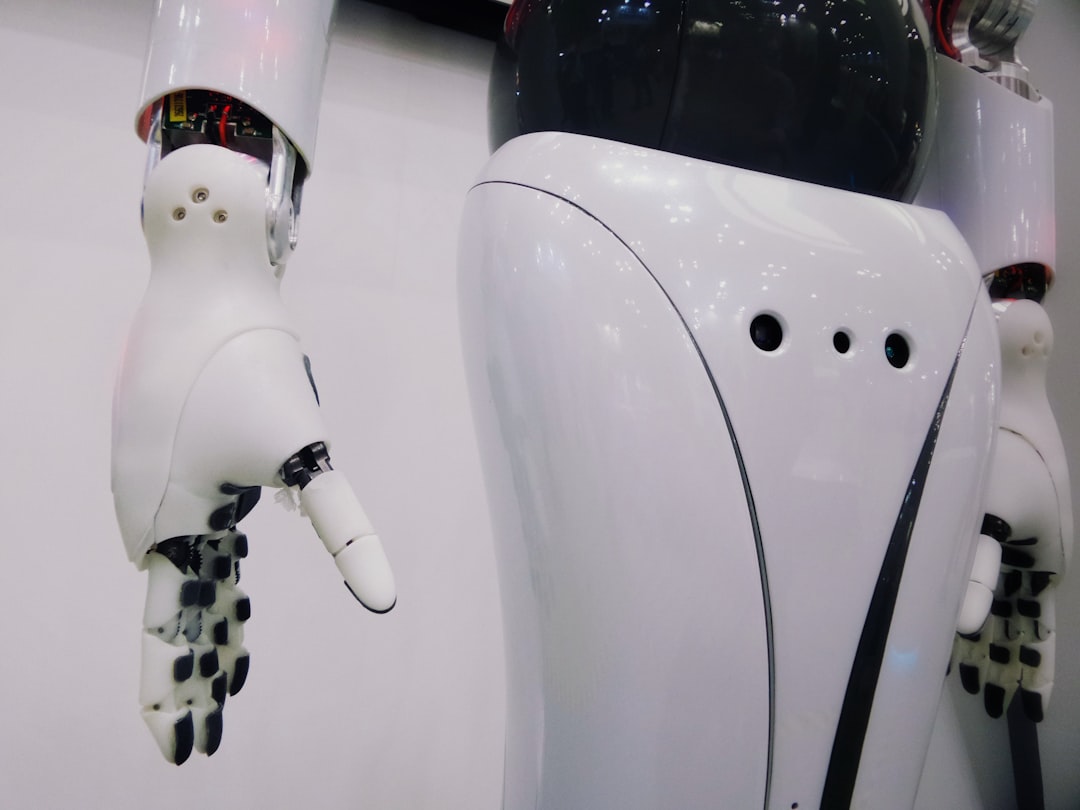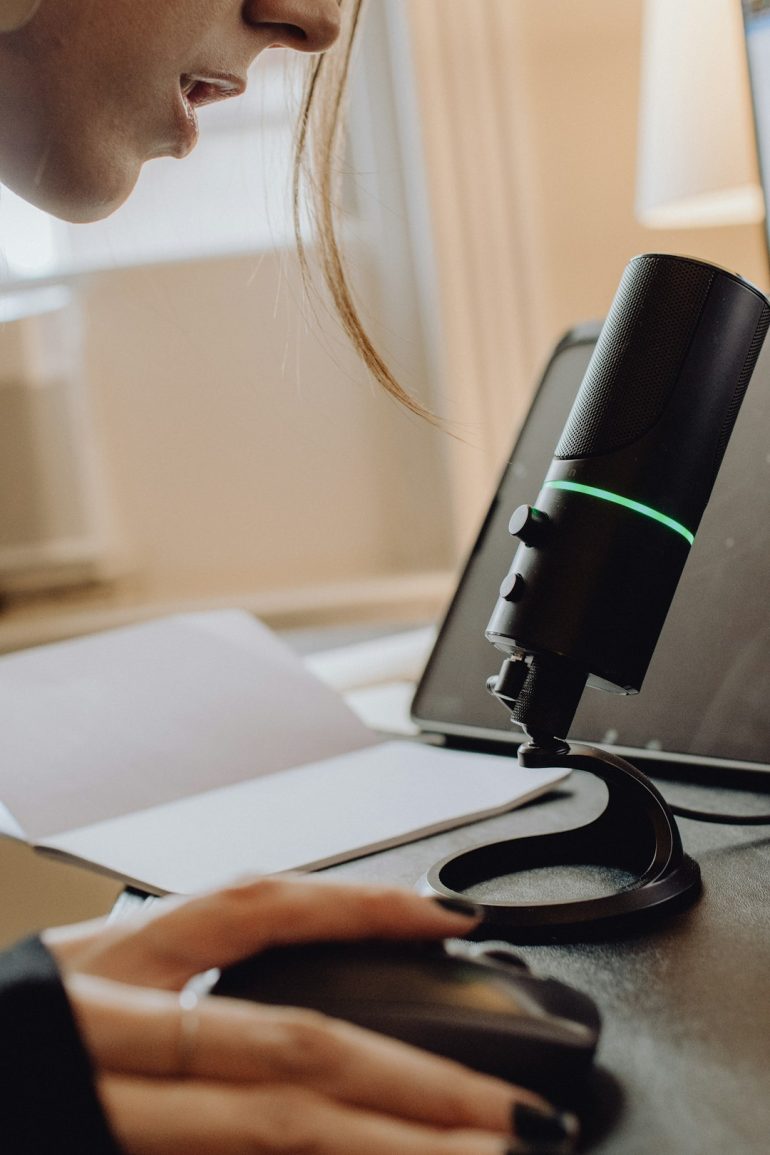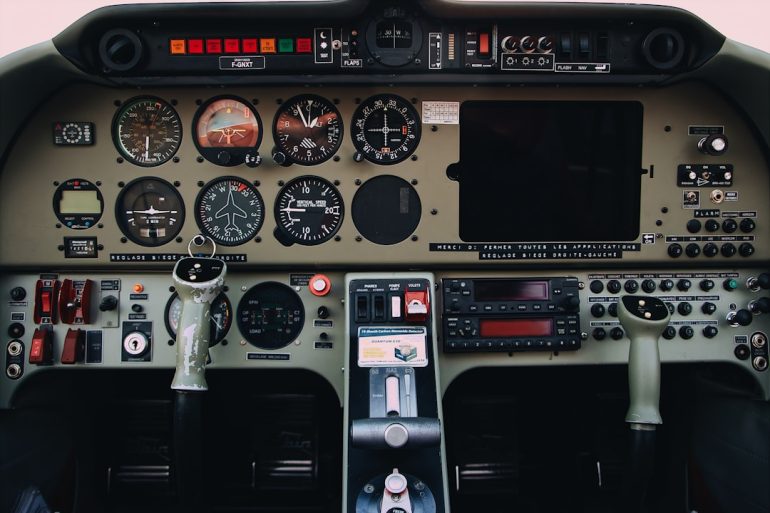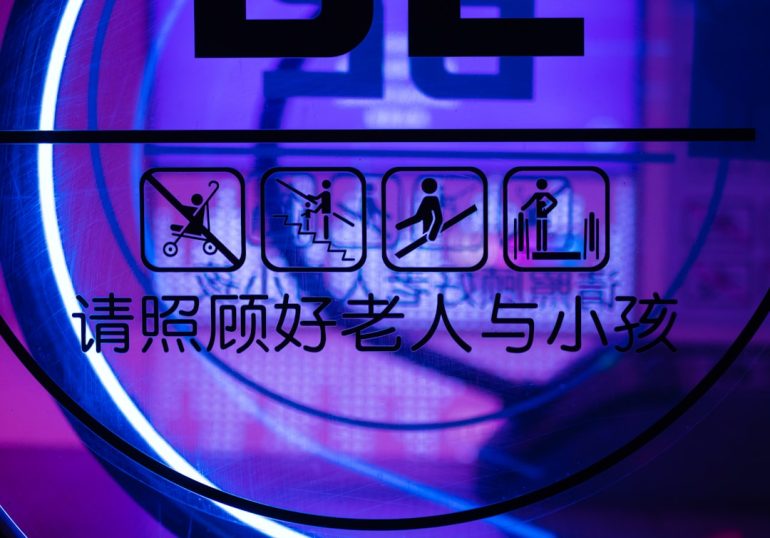Panasonic home robots: concept to reality
Imagine a future in which your household chores are automated, your elderly parents receive intelligent assistance, and your refrigerator communicates with your calendar to plan meals. That future, once confined to science fiction, is steadily approaching reality — thanks to innovators like Panasonic. From early research projects to market-ready products, Panasonic has been on a mission to bring home robotics from concept to reality, crafting practical machines that enhance daily life.
The Origin of Panasonic’s Smart House Vision
Table of Contents
Panasonic’s journey into home robotics did not happen overnight. The company, known globally for its legacy in electronics, began integrating smart solutions into home environments decades ago. Their vision has always been rooted in supporting people-centered living. Rather than creating robots that simply impress, their focus has been on building robotic solutions that solve real problems.
In the past, Panasonic introduced the concept of the “Smart House”—a living space designed with interconnected appliances and robot helpers to reduce the burden of household tasks. This vision laid the groundwork for an entirely new genre of domestic technology.
From Laboratory to Living Room: The Birth of Companion Robots
One of Panasonic’s most compelling developments is in the area of companion robots—machines that do more than assist; they interact socially. A prime example is RULO, an intelligent vacuum cleaner that adapts to floor patterns and minimizes cleaning time by learning room layouts.
While robotic vacuum cleaners are becoming more common, Panasonic takes it a step further. The company introduced NICOBO, a soft robot companion developed in collaboration with technology researchers. Unlike other robots, NICOBO isn’t designed to clean or carry items; it exists to provide emotional companionship. It wags its tail, talks in a soft tone, and even mimics human emotions — a perfect partner for reducing loneliness, especially in aging populations.
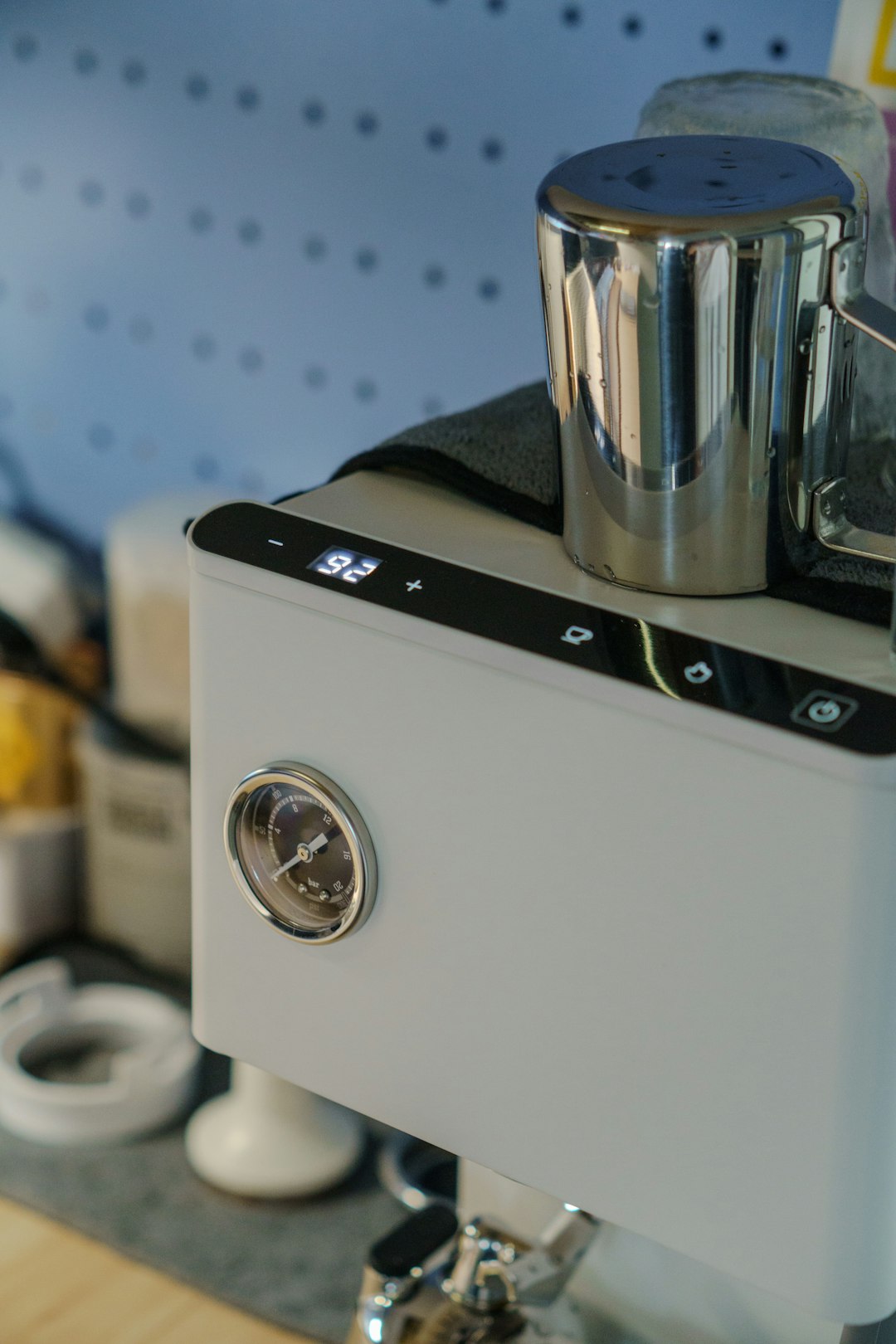
This step into affective robotics marks a shift: it’s not just about utility anymore; it’s about interaction, comfort, and personality.
Practical Robots for Daily Chores
Beyond emotional support, Panasonic has also been delving into robotic systems to perform manual labor inside the home. Among their prototypes is a dishwashing robot that delicately handles ceramics. It uses advanced sensors and grippers that mimic the human hand while washing dishes with care and efficiency.
Another innovation is the company’s automated butler robot, capable of fetching drinks and organizing clothing. These robots employ a heady mix of AI, spatial recognition, and smart home integration, allowing them to navigate complex living spaces and carry out multi-step tasks with surprising accuracy.
Some of the standout features of Panasonic’s chore-performing robots include:
- Object recognition: Identifies and categorizes different items in the household.
- Gentle manipulation: Uses tactile sensors to handle fragile objects.
- Voice control: Integrated with smart assistants to follow vocal commands.
- Learning algorithms: Adapts to household routines and family preferences over time.
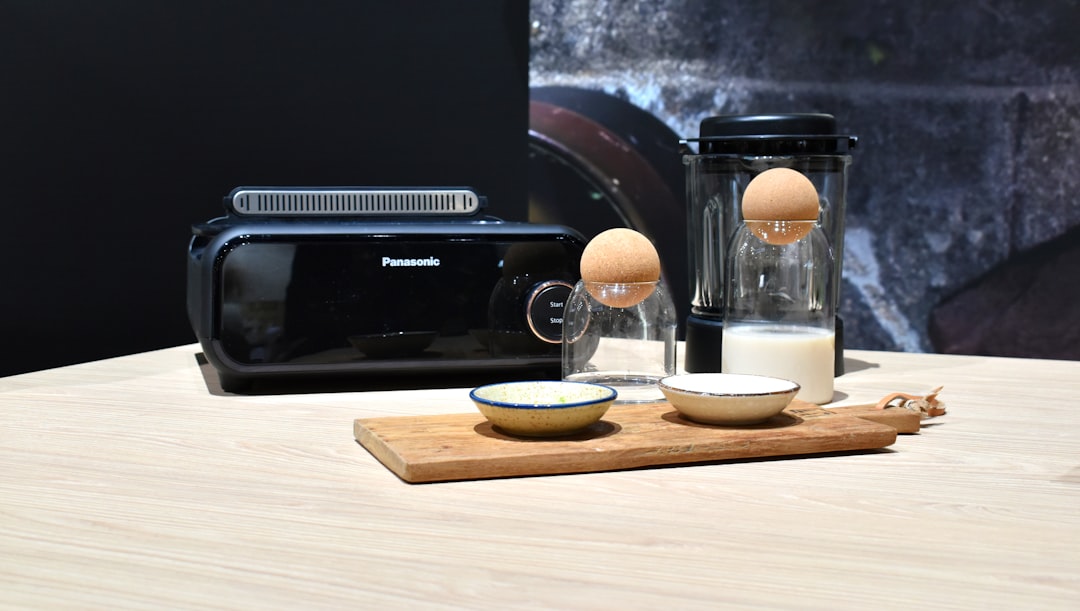
Assistive Robotics for Aging Populations
In a rapidly aging world, especially in countries like Japan, healthcare and elder assistance have become crucial. Panasonic has responded with specialized solutions for elderly care. One such solution is the robotic HOSPI, originally designed to deliver supplies in hospitals. Now adapted for home use, HOSPI can move around autonomously to deliver medicine, reminders, or even snacks.
Panasonic’s technology also powers exoskeletonsP, wearables designed to assist people with limited mobility. These robotic suits help caregivers lift patients or support seniors in walking, alleviating strain on the body and reducing injury risks. This is a powerful example of robotics not replacing humans but augmenting their abilities.
The Role of Artificial Intelligence
All of these devices are underpinned by advances in machine learning and artificial intelligence. Panasonic’s robots learn not only from direct user input but also from observing behaviors and routines. Over time, they become more personalized, adapting their actions to match household members’ preferences and needs.
AI allows Panasonic robots to do things like:
- Predict when you’ll need water based on past hydration behavior.
- Learn your meal preparation times for optimal dish cleaning.
- Adjust climate controls based on who is at home and their personal comfort settings.
This level of real-time learning and personalization points toward a more natural integration of robots into everyday life.
Design Philosophy: Human-Centered Robotics
Unlike some robotic development focused purely on tech display, Panasonic is guided by a principle often stated as “technology for people.” Every home robot is conceptualized with the human experience as its center. That means intuitive control, soft aesthetics, calming voices, and clear behavior cues.
This approach borrows significantly from Japanese design philosophies, where the interface between human and machine is harmonized rather than hierarchical. This is evident in how even Panasonic’s vacuum robots are built with round edges, ambient LED indicators, and subtle sound effects that avoid sensory overload.
Market and Accessibility Challenges
Though Panasonic has made major strides, home robotics still faces hurdles. Consumer acceptance, affordability, and infrastructure compatibility remain challenges. Many prototypes are not yet mass-produced, and the costs for high-end robots like NICOBO or HOSPI can be prohibitive for average households.
However, Panasonic continuously works to reduce manufacturing costs and scale production. With the surge in global demand for smart homes, entire neighborhoods are now being designed with robot integration in mind. Panasonic has already launched numerous pilot projects in Japan that feature homes pre-equipped with glide paths, charging ports, and interfaces tailored for robotic use.
The Road Ahead: What’s Next for Panasonic
As technology matures, we can expect more robust collaboration between Panasonic’s robotics and its other smart home technologies — everything from fridges to air purifiers. The company also aims to use cloud integration so that individual robots in different households can “learn” collectively, accelerating updates and improving effectiveness nationwide.
Upcoming areas of focus include:
- Interconnected caregiving systems: Robots that communicate with medical professionals in real-time.
- Outdoor mobility aids: Weather-resistant robots to help elderly citizens navigate cityscapes.
- Chef bots: Kitchen assistants capable of chopping, cooking, and plating meals.
Greater use of biometric sensors and emotion detection tools could also make robots more responsive to mood shifts and stress signals, forging even stronger bonds between humans and machines.
Conclusion: A Future by Design
From clever vacuums to sensitive companions, Panasonic’s home robotics showcase a thoughtful, empathetic approach to what machines can mean for personal spaces. Far from cold automatons, these robots are expressive, interactive, and deeply purposeful. Whether they’re fetching a blanket or offering a gentle word, they represent a kind of innovation that truly serves.
As Panasonic continues to push boundaries, its home robots stand as a testament to how far we’ve come—and a beacon for where we’re headed. They signal a future not dominated by technology, but embraced by it.

